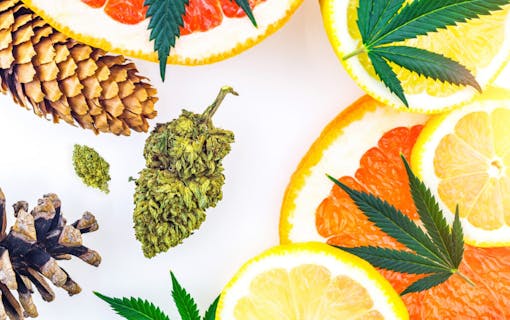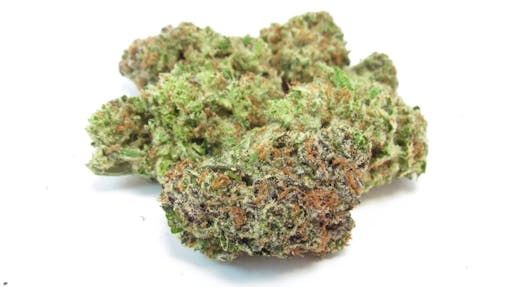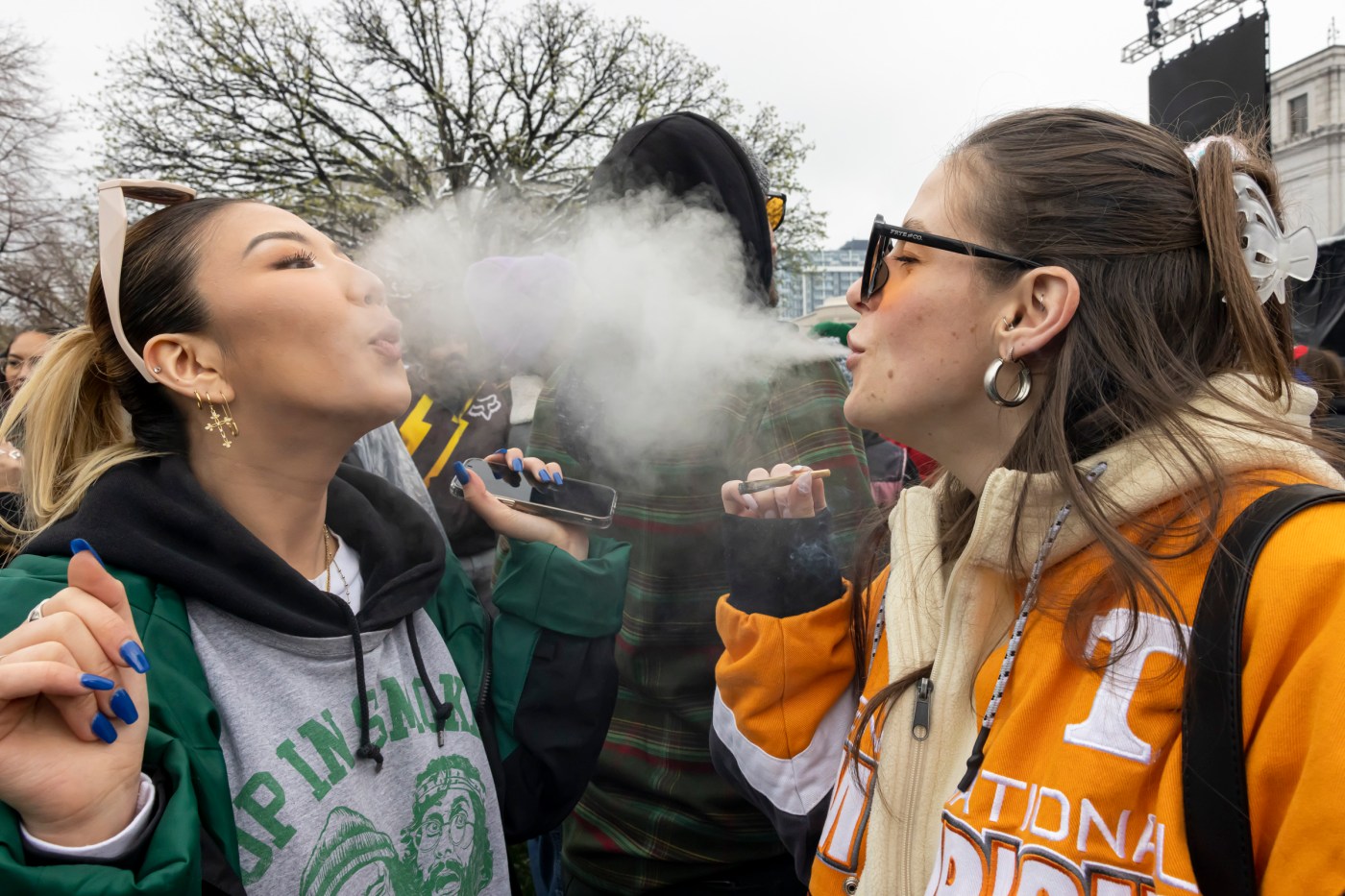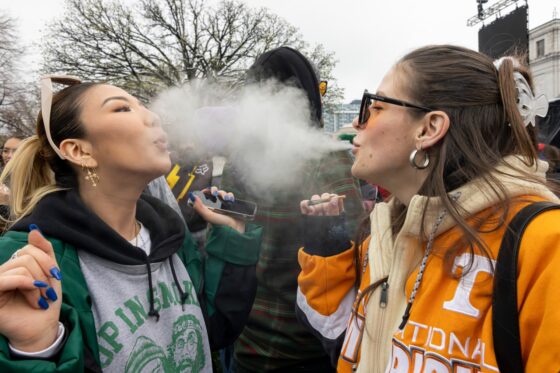A mushroom trip can be life-changing, but can the experience of a cosmic, transformative journey also spark a desire to do it again, and again, and again? Psilocybin, the main active compound in mushrooms, is currently a Schedule I drug in the US, which means the government thinks it has a high potential for abuse. However, DEA scheduling lags behind the latest clinical data.
Recentresearch highlights psilocybin’s safety profile and low potential for abuse, and in fact, one emerging area of psilocybin research is focused on how the compound can be used to treat different addictions. In other words, psilocybin is more likely to help you kick an addictive habit than get you hooked on a new one.
Let’s talk about whether psilocybin can be addictive, psilocybin tolerance, and why it might be uniquely suited for treating addiction.
What is addiction?
Humans can become addicted to just about anything that feels good or relieves stress and discomfort—including sugar, shopping, or even work. However, substance use disorders are the most common type. These occur when an individual continues to use a substance regardless of detrimental impacts on their relationships, health, work, or ability to engage in everyday life, and various other criteria, according to the DSM.
Addiction experts generally agree that addiction is a cyclical process that has three clear stages.
- First stage: The user becomes intoxicated by a substance, leading to a flood of feel-good dopamine, activating the brain’s reward centers. Most addiction researchers agree that dopamine plays a major role in the development and persistence of addiction.
- Second stage: The user experiences symptoms of withdrawal, leading to negative effects such as panic or anxiety.
- Third stage: The user experiences a strong preoccupation and sense of anticipation that makes it hard to resist the urge to use or consume the substance. Consuming the substance resolves this intense preoccupation/anticipation and also enables a flood of dopamine (as experienced in stage one).
Related
How to dose psychedelic mushrooms
Is psilocybin addictive?
Classic psychedelics that primarily influence the brain’s serotonin receptors, like psilocybin, are not considered addictive, mainly because their effects stick around for a long time—a psilocybin trip, for example, can last for up to six hours. This long duration of action can desensitize the brain’s serotonin receptors, causing rapid tolerance that minimizes the possibility of abuse. It’s also worth noting that classic psychedelics don’t directly affect the brain’s dopamine system; as mentioned above, dopamine stimulation is needed for a drug to lead to dependence.
In studies on psilocybin addiction, animals trained to self-administer psilocybin—a common way of testing whether a substance is liable to be abused in human populations—have shown that the substance has a very low abuse potential. The majority of these animals chose not to carry out a specific behavior, like pressing a lever, in order to be rewarded with psilocybin. Large-scale population surveys of individuals who have tripped with magic mushrooms also yield similar results, finding no association between lifetime psilocybin use and addiction.
In light of this evidence, researchers are calling for a re-categorization of psilocybin from its current Schedule I status to Schedule IV—substances recognized to have a low misuse potential and a limited risk of physical or psychological dependence.
For Nicholas Levich, Co-Founder of Psychedelic Passage, a platform that facilitates psychedelic trip-sitting experiences, psilocybin mushrooms deliver an experience that is essentially antithetical to addiction. “Psilocybin, especially in high doses, produces effects that are so profound and typically uncomfortable that the common sentiment is something along the lines of, ‘Well, that was intense, and I don’t need to do that again for a while—if ever,’” he said.
However, Levich also cautions that any substance can be misused, so it’s vital to use psilocybin mindfully and intentionally. “It’s more about establishing healthy psilocybin use patterns versus whether psilocybin is chemically addictive.”
Addiction issues often arise from substances like alcohol because it can mask pain, according to Mike Ljubsa, Business Director and Facilitator at MycoMeditations, a company that offers psilocybin-assisted wellness retreats. Psilocybin doesn’t have this effect.
Shop highly rated dispensaries near you
Showing you dispensaries near
“If anything, psilocybin may force a person to be with their pain at an even deeper layer than they normally are,” he said. “A person can certainly have an unhealthy relationship with psychedelics, but they aren’t addictive in the true sense of the word.”
Related
Can psychedelic mushrooms trigger psychosis?
Can you develop a tolerance to psilocybin?
While there’s a prevailing consensus among experts and researchers that psilocybin isn’t addictive, evidence suggests that repeated psilocybin use over a short period of timecan quickly build tolerance. But tolerance is different from addiction, abuse or dependence, and it’s not necessarily a bad thing.
Developing tolerance to a substance means that the dose you have typically taken stops working as effectively as it once did, and you need to take more to get the same benefits or effects as you did before. Tolerance is common in many substances and can occur when your body is exposed to a substance even just a few times. In the case of psilocybin, tolerance can be formed after a single session.
“From my perspective, this is the other reason psilocybin is not addictive—your tolerance builds up so quickly that you’d need to consume 2-3 times the prior day’s dose to experience any effects,” said Levitch. He recommends journeyers wait at least a day or two in between doses.
“Breaks allow users to guard against tolerance and ensure that the slightly altered states they experience are actually altered states,” said Derek Chase, founder of LA-based entheogenic wellness company Psilouette.
He believes the benefits of microdosing come from toggling between a psilocybin-impacted state and a sober state of consciousness, as this enables insights into different ways of being.
Related
How long do magic mushrooms stay in your system?
Can psilocybin treat addiction?
Some of the most compelling psilocybin research at present explores its ability to treat substance use disorders such as tobacco and alcohol addiction. Treating addiction is a major reason that many individuals take shrooms.
In one recent clinical trial of individuals with alcohol use disorder, psilocybin coupled with psychotherapy led to a substantial decrease in heavy drinking—by 83%, compared to a 51% reduction among individuals who received an antihistamine placebo. (Heavy drinking was defined as four or more drinks per day for women, and five or more drinks for men.) Eight months after the first psilocybin dose, close to half (48%) of those who had psilocybin stopped drinking altogether.
The mechanisms by which psilocybin can help treat addiction remain unclear. However, researchers have identified a host of factors, such as an improved ability to deal with cravings, the alteration of neural networks that can help reset the brain’s reward system, or the transformative potential of a “mystical experience” while tripping.
Mystical experiences appear to be a particularly therapeutic element in the treatment of addiction, and can engender feelings of interconnectedness, transcendence of time and space, profound positivity, a sense of awe, and the belief that what has been revealed has authenticity and validity. While researchers still don’t fully understand why mystical experiences are so influential, experts theorize that the intense sense of personal meaning they can create may help individuals to kick addictive habits.
“Psilocybin is incredibly helpful at inserting space between us and our compulsive patterns,” said Levitch. “Plus, it can often illuminate the root cause of those compulsive behaviors.”
Part of psilocybin’s potency as an addiction treatment may be its ability to help people face trauma.
“Trauma is at the root of most addiction issues,” reflected Ljubsa. “When psilocybin is taken in safe settings with proper intention and reliable support, a person can address the traumas underlying their addiction.”





